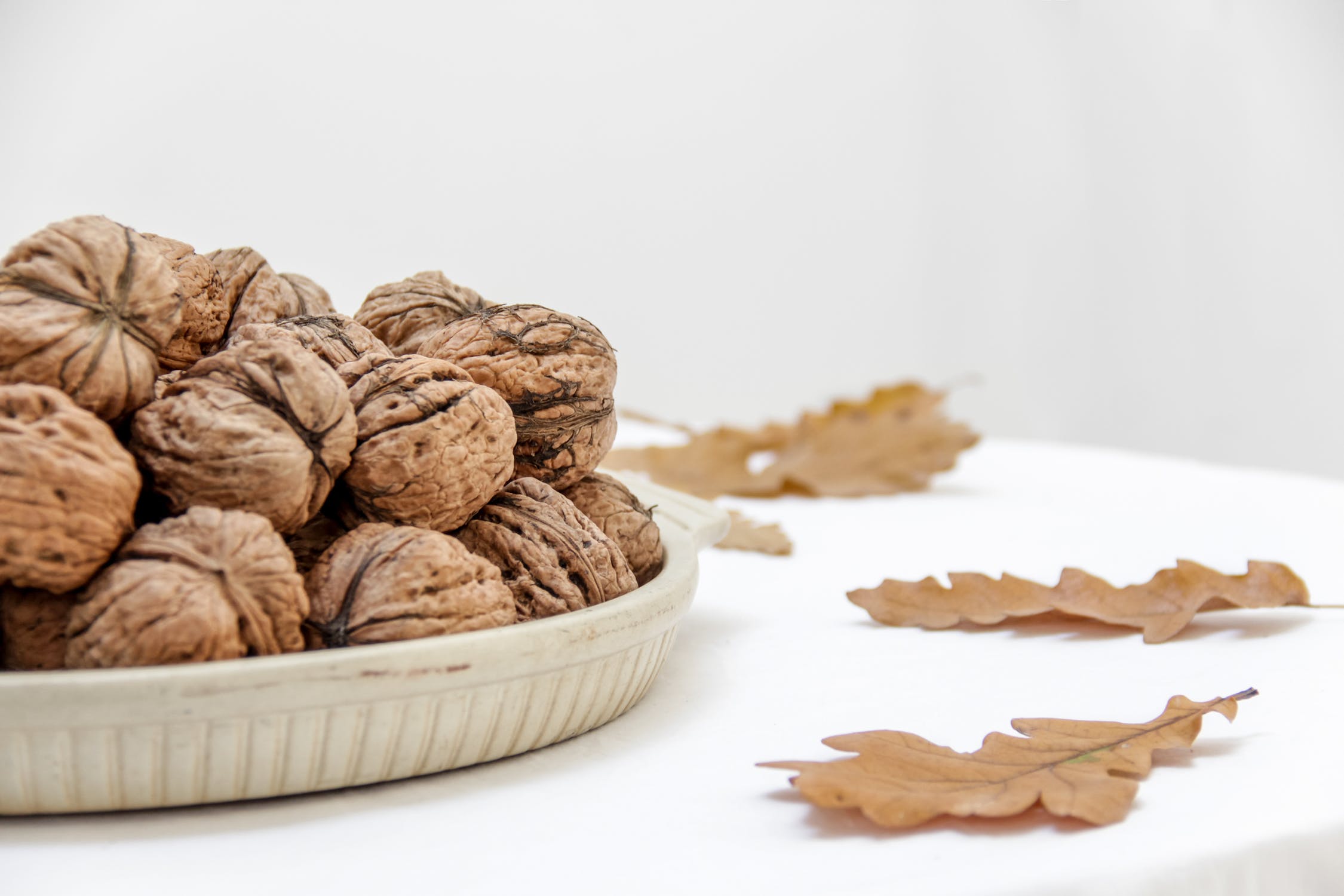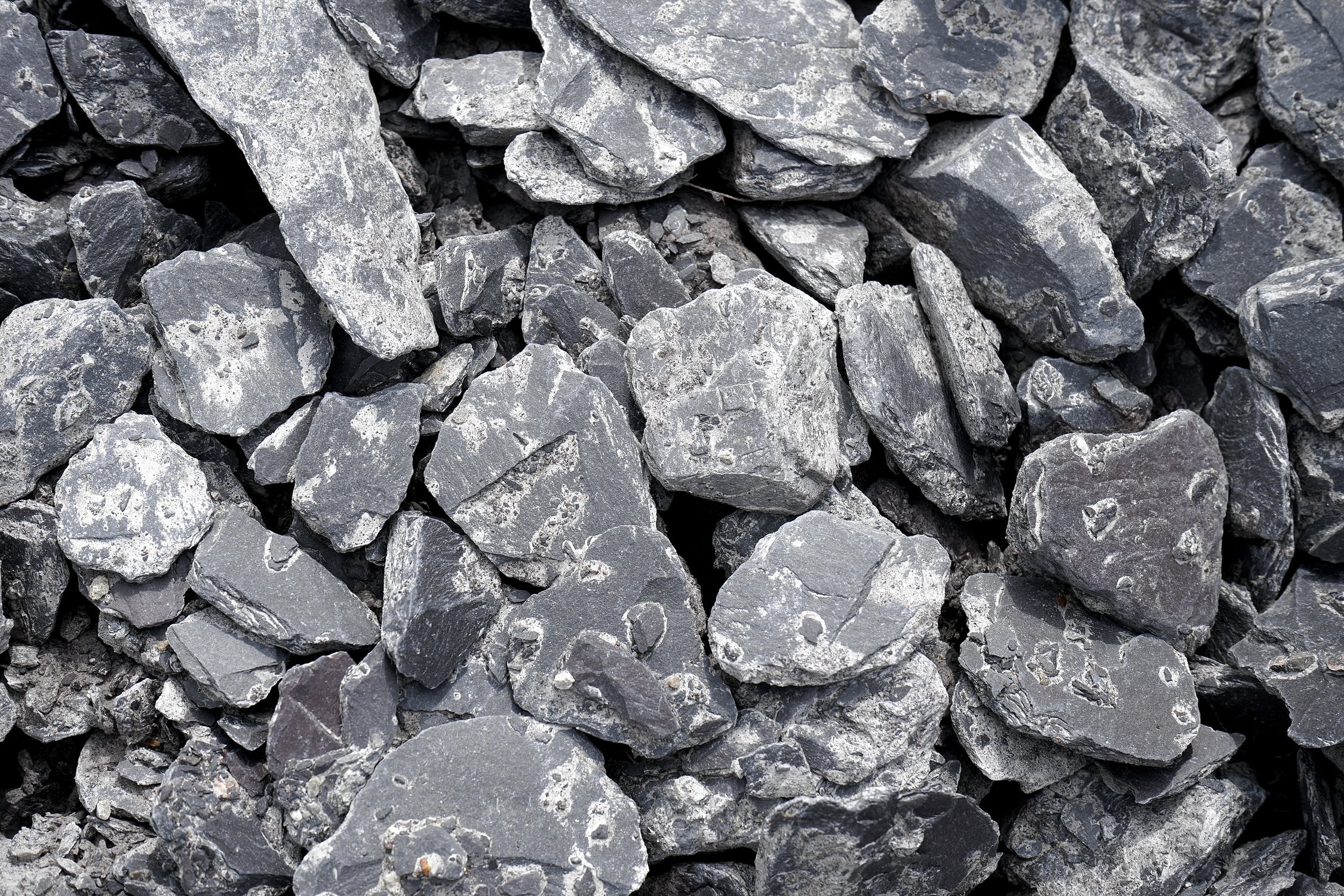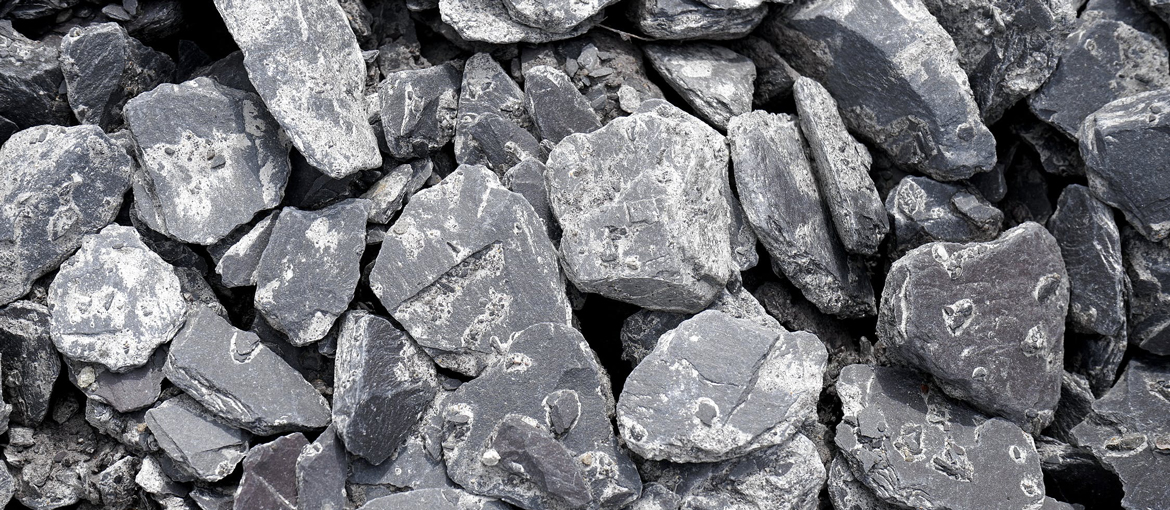In a universe devoid of paper, we’d lose access to books, invoices, photos, signage, artistic creations, packaging… Essentially, our lives would be considerably duller. Yet, the production of paper necessitates the felling of countless trees. Is there a way to bypass this extensive deforestation? Historically, paper hasn’t always been derived from wood.
Take the Egyptians, for instance, who crafted paper from papyrus. And for ages, humanity penned their writings on animal hides. Recently, there’s been a revival in seeking out non-traditional materials for paper production. The trend of “tree-free paper” is gaining momentum.
Below are some unexpected sources currently being utilized for paper manufacturing.
1) From your discarded T-shirts.
In 2017, the British firm Moo introduced a line of business cards manufactured from recycled T-shirts. The cotton retrieved from these old garments creates a robust paper variant, often amalgamated with other materials for the creation of enduring legal documents or various nation’s currency.
2) From the dung of your preferred herbivores.
Poopoopaper, a U.S. enterprise, offers paper crafted from the excrement of cows, donkeys, horses, elks, elephants, and even pandas. The plant and fruit fibers consumed by these herbivores result in fecal matter rich in fibrous content. Through purification and filtration, this leads to the production of high-quality, odorless paper. This approach is also seen as a potential solution to the significant issue of managing farm animal waste.
3) From fruit and nut by-products.
The Italian company Favini produces its “tree-free” Crush paper using by-products like orange skins, vine tendrils, olive and fruit pits, and the shells of almonds, walnuts, and peanuts. Typically, these agricultural leftovers are either incinerated or discarded if they’re not suitable for animal feed or biomass generation. However, they’re being recognized as valuable fiber sources for paper production, with banana plantation waste being a notably promising material.
4) From non-tree vegetation
China has been producing paper from bamboo for over a millennium. Bamboo provides a pulp similar to that used in traditional paper, a fact exploited by businesses like Canada’s Caboo. Other plants such as sugar cane and hemp also offer viable fibers for commercial paper production. Kenaf, a member of the cotton family from Africa, is particularly noteworthy, yielding in one year the fiber amount that a similarly sized pine plantation would produce in two decades.
5) From marine algae
Annually, tons of seaweed are collected from coastal areas. This marine “waste” contains cellulose perfect for crafting quality paper. Various projects, both experimental and commercial, are tapping into this resource. Notably, in the 1990s, an Italian paper was developed as part of a project aimed at managing and recycling algae that were clogging the Venice lagoon.

6) From minerals
While traditional paper sometimes incorporates mineral powders for added brightness and durability, there exists a paper primarily composed of minerals, constituting over 80% of its makeup, bonded with a bit of plastic resin. This stone-based paper is already being sold by multiple firms for premium products.
7) From leather
Favini, an Italian company, has launched an innovative paper made from a blend of recycled standard paper and leftover leather scraps. This brings the evolution of paper full circle, reintroducing leather as a fundamental material for writing purposes.

